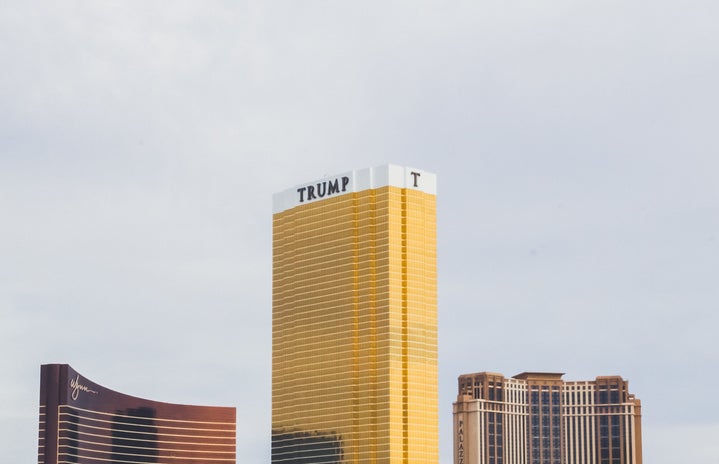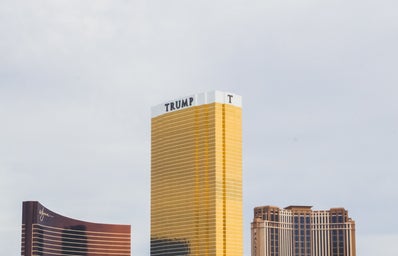In a sea of pink hats resembling feminism, I had the privilege to be a part of history and attend one of the biggest marches in America. The Women’s March on Washington started as a small Facebook event in response to the election of Donald Trump as President. An estimated half a million people flooded the streets of Washington D.C. to remind the newly inaugurated president that they are unsatisfied with a number of public issues. Cities around the globe including Boston, Melbourne, London, Amsterdam, and others marched on January 22nd in solidarity.
1. The march was far more than about women’s rights
The march addressed issues ranging from reproductive rights to global warming to racial tension. It was a march driven by the power of a large group of women and meant to tackle the issues that impact their daily lives. Rhea Suh, President of the Natural Resources Defense Council, reminded marchers that climate change impacts all of us and “water has no political party” as Flint, Michigan goes another day without water. Artist Janelle Monáe accompanied the “Mothers of the Movement” (the mothers of Eric Gardner, Trayvon Martin, and others lose to senseless brutality) onstage. The most powerful speaker came early in the rally when America Ferrera openly spoke out about the difficulties of being both a woman and minority in modern America. She reminded the crowd “The President is not America… We are America.” She later added, “We won’t build walls and we won’t see the worst in each other.” I left the march much more aware of the issues our country is facing and the potential I have to change all of that.
2. Unity is powerful
People traveled from every possible corner of the country. Jennifer Sinek, a local mother from Falls Church, Virginia opened her home with her husband to nearly 25 marchers and helped them get into D.C. Sinek says, “Welcoming marchers was just another way to support this important event – a way to help bring people together to tell our government and our world that the intersectional feminist movement is growing and here to stay. What we care about matters, and we will be heard. It’s also phenomenal to be part of such a powerful group of women – surrounded by love and commitment. This is what we need more and more of and I believe it’s what is going to get us out of this mess and into a brighter future.” Jenny Wrigley, one of the guests of the Sinek home drove all the way from New Mexico in just two days and said, “It’s not a choice, it’s a necessity.” She also added, “We’re marching to gain respect and send a message to the world that reminds them he didn’t win the popular vote.” Wrigley works as a software engineer consultant and plans to continue advocating for issues like women’s rights in her spare time.
Madonna made a surprise appearance at the event and reminded marchers to “…remember we are not afraid, that we are not alone, that we will not back down, that there is power in our unity and no opposing force stands a chance in the faith of true solidarity.” By groups gathering together such as this one, they send a message of strength that will hopefully resonate throughout Capitol Hill and the White House in the next four years of the Trump administration.
3. Peaceful protesting is good protesting
I was honestly nervous heading into the city following the violent protests just a day before. Small groups had lit fires and smashed in windows across D.C. during the inauguration and approximately 100 were arrested. However, there was not a single arrest stemming from the Women’s March on Washington. The organizers had stressed the importance of remaining peaceful to have the overall message of the march respected. The protest felt positive and hopeful. The next morning I woke up proud to see so many young girls across my newsfeed participating. Mothers brought their daughters to show them they have the potential to positively impact their futures and be involved in a safe way.
4. Men care about women’s rights too
There were far more men in pink hats than I had expected. Groups of men marched together with signs displaying their mother’s pictures. Dad’s marched with their tiny daughters up on their shoulders. Bill Matangos, father to GMU student Hannah Matangos, marched because “It’s the ways I was raised. It’s the right thing to do.” Men are sometimes stigmatized as the enemy when it comes to feminism and women’s rights. In reality, they do unfortunately lead the majority in political establishments and can serve as one of our greatest allies.
5. It’s going to take more than a march to make a difference
Guest speakers and organizers made it clear that although the march will leave a lasting impact in Washington, it will take constant effort to influence the decisions of the new administration. Scarlet Johannson said, “Once the heaviness [of the election] began to subside, an opportunity has presented itself to make real long-term change, not just for future Americans, but in the way we view our responsibility to get involved with and stay active in our communities. Let this weight not drag you down, but help to get your heels stuck in.” Filmmaker Michael Moore challenged everyone in the crowd to call their local congressional representatives at (202)-255-3121 and continue to voice their opinions. He also recounted his bid for a spot on the school board at 18 and somehow won, serving as evidence that anyone can run for office.
Marches across the country were surpassing the expected turnout. The Chicago march was cancelled entirely when 250,000 showed up instead of the predicted 20,000. USA Today estimates that 2.6 million turned out globally in solidarity marches with D.C. Over 100,000 gathered in London and 30 gathered on a boat off the coast of Antarctica. Talk about some incredible girl power.


